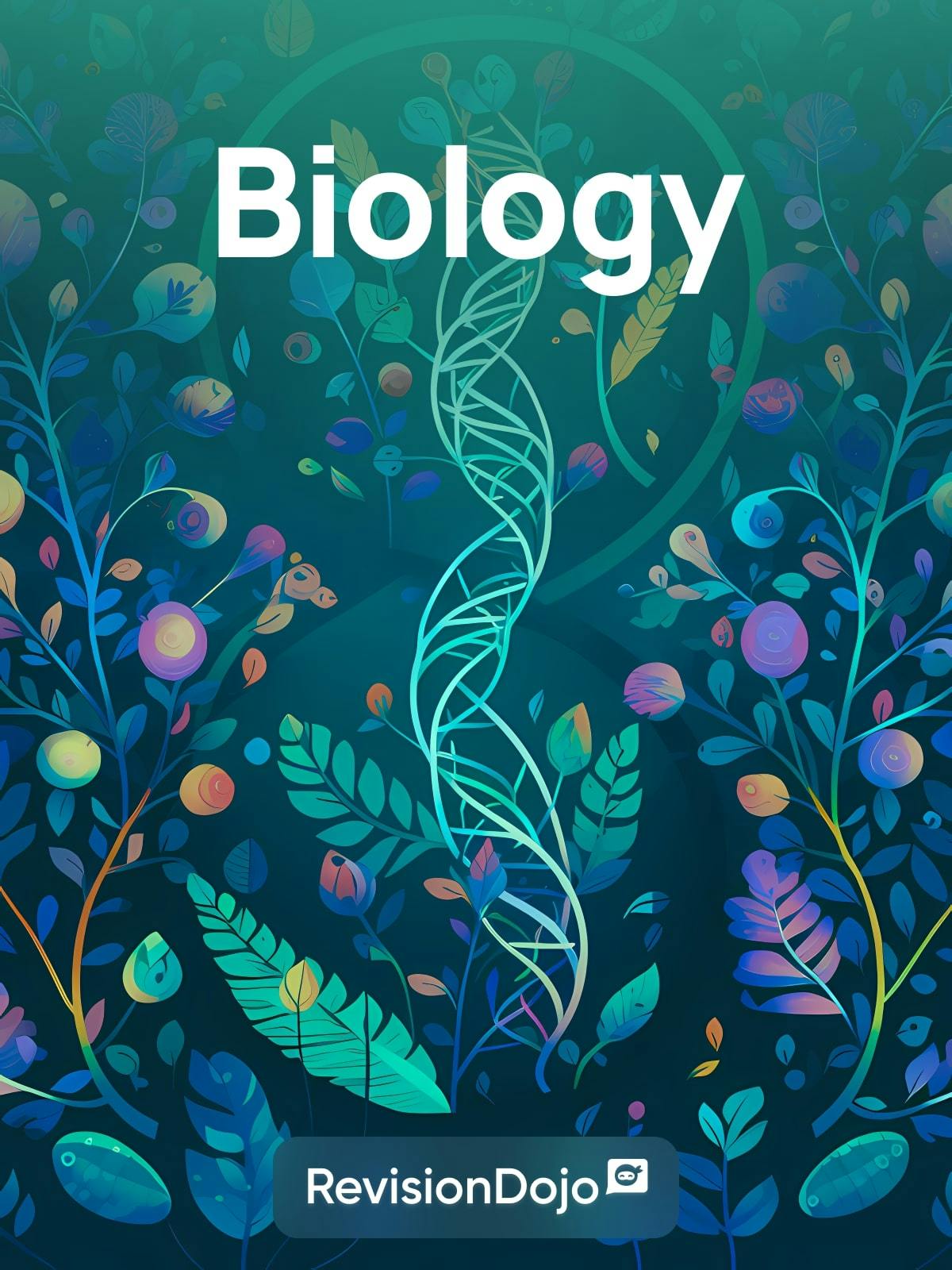
Topic 8 - Metabolism, cell respiration and photosynthesis (HL)
Question 1
HLPaper 1Sulfanilamide inhibits an enzyme that catalyses a reaction involving PABA, an intermediate in the synthesis of folate in bacteria. The structures of sulfanilamide and PABA are shown.

The graph shows the rate of reaction with increasing substrate concentration and with fixed low concentration of different types of inhibitors. Which line on the graph represents the effect of sulfanilamide?

Question 2
HLPaper 1Where in the mitochondrion does the formation of acetyl CoA occur?

Question 3
HLPaper 1This reaction occurs in mitochondria.

What explains that this reaction enables energy to be converted into a usable form?
Question 4
HLPaper 1The Hill reaction occurs when isolated chloroplasts are exposed to sunlight in the presence of DCPIP. DCPIP replaces NADP as the final electron acceptor for the light-dependent reactions of photosynthesis. What are products of the Hill reaction?
Question 5
HLPaper 1The electron micrograph shows a section through part of an animal cell.

Which process is occurring on the structures labelled X?
Question 6
HLPaper 2Outline how greenhouse gases interact with radiation and contribute to global warming.
Outline how plants make use of the different wavelengths of light.
Explain how organic compounds are transported within plants.
Question 7
HLPaper 1The mitochondrion in the electron micrograph shows some features that make it efficient for its function. Which labelled feature allows a rapid build-up of proton concentration for chemiosmosis?

Question 8
HLPaper 2The image shows a cell in a section of an onion root tip seen under a light microscope.

Identify the structure labelled X.
State the stage of mitosis of this cell.
Compare and contrast the location of ATP synthase and the movement of protons during aerobic cell respiration and photosynthesis.
Using the table, distinguish between the production of ATP, use of oxygen and release of CO2 in aerobic cell respiration between the cytoplasm and the mitochondrion.

The graph shows energy levels throughout an uncatalysed reaction. Draw a curve to show how the action of an enzyme would affect this reaction.

Question 9
HLPaper 2Explain the role of hydrogen ions used in photosynthesis.
Describe how the structure of the chloroplast is adapted to its function in photosynthesis.
The enzyme Rubisco is used in carbon fixation during photosynthesis. Identify four other examples of proteins that illustrate the wide range of functions of this group of biochemicals in living organisms.
Question 10
HLPaper 1Which process requires oxygen in aerobic cell respiration?
